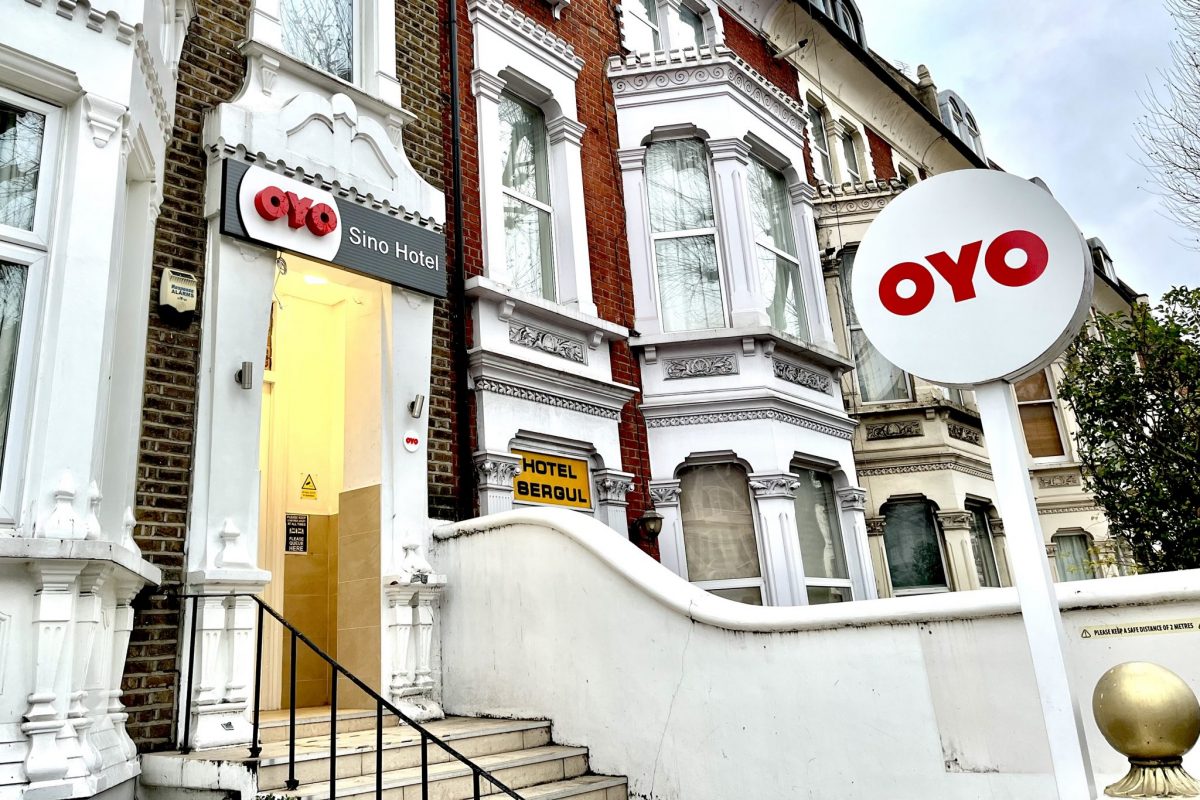That Maldives Vacation Just Got More Expensive: Here’s What’s Changing

Skift Take
Visitors to the Maldives will soon need to shell out a lot more. The island destination is currently grappling with a financial crunch that’s driving significant hikes in taxes for tourists.
While the Maldivian government aims to stabilize the economy through these moves, the tourism industry is concerned that it could potentially dampen the appeal of the archipelago for tourists.
What’s Changing?
As of this Sunday, December 1, departure taxes for non-residents will increase by up to 400%. Economy-class passengers will pay $50, up from $30, while business-class flyers will shell out $120, double the current rate. First-class and private jet travelers will face even steeper hikes, with fees surging to $240 and $480, from $90 and $120. These charges, automatically added to airfare, apply uniformly, irrespective of the length of stay.
Beginning January 2025, Maldives will also be doubling the green tax, levied per tourist per day. Guests staying in large resorts (50+ rooms) will pay $12 per night, compared to the current $6, while the tax at smaller properties go up from $3 to $6 per night.
The tourism goods and services tax will also be going up from 16% to 17% in July next year, cementing the Maldives as one of the priciest destinations globally.
A new government rule now requires the tourism sector to deposit all foreign currency revenue in local banks.
Also, every resort, tourist vessel or tourism establishment will need to exchange a minimum of $500 per guest per month into Maldivian Rufiyaa (MVR) through a licensed bank in the archipelago. Failure to comply could incur a fine of up to MVR 1 million ($64,735).
Guesthouses and hotels with 50 or fewer rooms must exchange $25 for every tourist arrival.
What’s Fueling This?
The Maldives’ financial woes are driving these drastic measures. Foreign reserves have plummeted to $364 million as of September, down from $585 million in September 2023, as per data from Maldives Monetary Authority. Fitch Ratings estimates that the country's total external debt obligations will exceed $1 billion by 2026.
The Maldives Monetary Authority is under pressure to address a high current account deficit and ensure sufficient reserves to service debts. The compulsory foreign currency exchange rules are a part of this effort, albeit at the tourism industry’s expense.
The Maldives Association of Tourism Industry (MATI) has criticized the foreign exchange regulation, suggesting a more flexible percentage-based system instead. According to MATI, many operational costs, including salaries, loans and imports, are denominated in U.S. dollars. The forced currency exchange risks leaving businesses with an excess of Rufiyaa, which they cannot use for international transactions.
How Is the Industry Reacting?
According to the MATI, this regulation will have significant (negative) impact on the revenues of tourist establishments. The association argued that the regulation was formulated without factoring in the concerns raised by relevant stakeholders during the discussion stage.
Resort operators and international hotel chains are voicing concerns. Many fear the cumulative effect of rising taxes and foreign exchange regulations will deter tourists, especially budget-conscious travelers.
Tourism veteran Mohamed Moosa, chairman of Crown and Champa Resorts, in a letter addressed to the Maldives Monetary Authority Governor dubbed the regulation “arbitrary” and “unfeasible.” Moosa in his letter warned of the regulation’s “disastrous domino effects” on the economy.
Some argue the timing is poorly planned. Operators who have already locked into bookings for 2025 say they must bear the additional costs, as contracts were signed before the new taxes were announced.
Tourism So Far...
Tourism is the Maldives' main source of economic activity, contributing nearly 30% of the country's GDP and more than 60% of its foreign currency earnings. While the government anticipates higher tax revenue — $20–$25 million annually from the Green Tax and T-GST hikes — industry leaders warn that these measures could undermine long-term growth.
Last year alone, the Maldives tourism industry’s annual revenue reached $4.5 billion.
The Maldivian government has set a target of 2.4 million tourist arrivals in 2025. The destination is on track to hit 2024’s tourism target of 2 million with 1.8 million arrivals already recorded as of November 24.
Even as India, Maldives’ number 1 source market for tourists, has moved to the sixth place, Chinese arrivals have almost touched 250,000 as of this week, making it the top source market.
However, sustaining this growth will require a careful balancing act.





